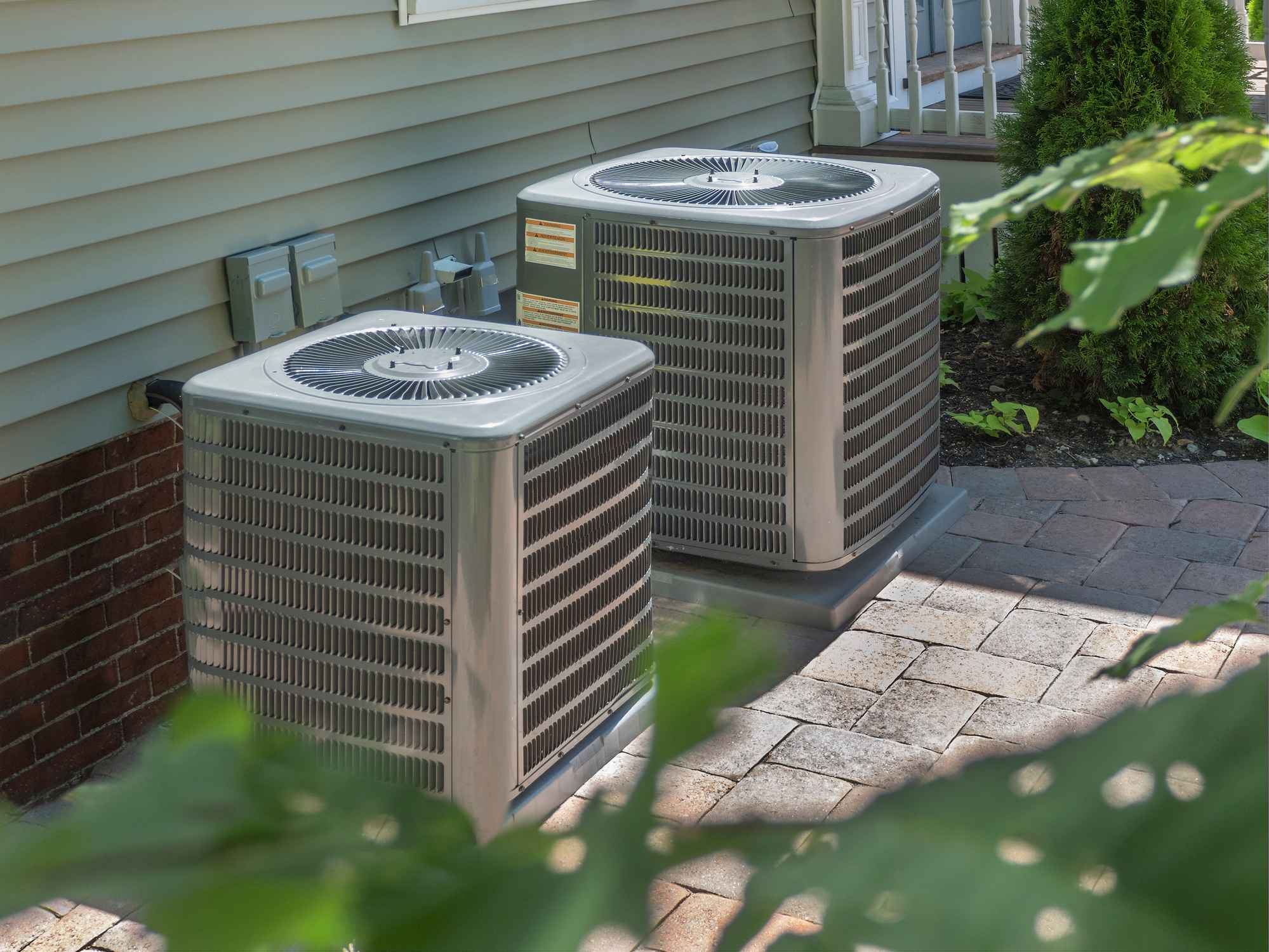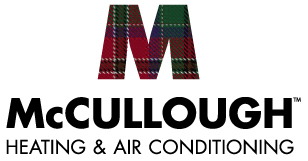4.9 Google Rating
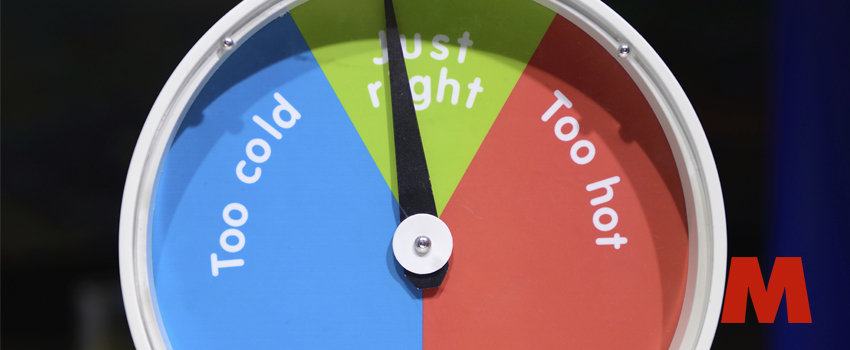
What Are Hot and Cold Spots?
Experiencing uneven temperatures in your home can be frustrating. You might notice that one room feels like a sauna while another is as cold as the inside of a refrigerator. These hot and cold spots are common problems that homeowners face, especially in larger or multi-story homes. Understanding why these temperature differences occur and how to address them can help you create a more comfortable and energy-efficient living space.
What Causes Hot and Cold Spots?
Hot and cold spots in your home are often a result of uneven heating and cooling. This imbalance can be caused by several factors, including issues with your HVAC system, the design of your home, and even external weather conditions. Let’s explore some of the most common reasons why you may be experiencing these temperature inconsistencies.
1. HVAC System Issues
The performance of your heating and cooling system is one of the primary factors that influence temperature consistency. An HVAC system that is too small for the size of your home may struggle to distribute air evenly, leaving certain areas warmer or cooler than others. On the flip side, an oversized unit can also cause uneven temperatures because it cools or heats the air too quickly without allowing proper circulation throughout your home.
Additionally, issues like clogged air filters, dirty ducts, or malfunctioning thermostats can restrict airflow, leading to uneven heating and cooling. Regular maintenance is key to ensuring your HVAC system runs efficiently and maintains consistent temperatures in every room.
2. Poor Insulation
Another major cause of hot and cold spots is inadequate insulation. If your home is not properly insulated, heat can easily escape during the winter, or cool air can leak out during the summer, causing significant temperature differences between rooms. Areas like attics, basements, and crawl spaces are particularly susceptible to insulation issues. Improving insulation in these areas can help keep the air inside your home at a more consistent temperature, reducing the occurrence of hot and cold spots.
3. Improperly Sealed Windows and Doors
Gaps or cracks around your windows and doors can let outside air in, creating cold drafts in the winter and making it harder for your HVAC system to maintain even temperatures. In the summer, these gaps can allow cool air to escape, leading to warm spots in certain parts of your home. Sealing these gaps with weatherstripping or caulking can help prevent uneven heating and cooling and improve your home’s overall comfort.
4. Room Layout and Design
The layout and design of your home can also contribute to uneven temperatures. For example, rooms with large windows may receive more sunlight, causing them to heat up faster during the day, while rooms that are far from the central HVAC unit may not receive as much airflow. Multi-story homes often experience hot and cold spots because heat naturally rises, making upper floors warmer than lower floors. Adjusting your home’s ventilation system, adding ceiling fans, or installing zoning controls can help balance the temperature in different areas of your home.
5. Blocked Vents
Sometimes, the simplest explanation is the correct one. If furniture, curtains, or other objects are blocking your HVAC vents, it can restrict airflow and create uneven temperatures. Ensuring that all vents are clear and unobstructed can significantly improve the circulation of warm or cool air throughout your home.
How to Fix Uneven Heating and Cooling
Now that you know the common causes of uneven heating and cooling, let’s discuss how you can address the issue and enjoy more consistent temperatures throughout your home.
1. Regular HVAC Maintenance
One of the most effective ways to prevent and fix hot and cold spots is to ensure your HVAC system is well-maintained. Schedule regular inspections and maintenance with a professional HVAC technician to check for issues like dirty filters, clogged ducts, or malfunctioning components. Keeping your system in peak condition will help improve its efficiency and ensure that it distributes air evenly throughout your home.
2. Upgrade to a Zoned HVAC System
If your home has persistent hot and cold spots, consider upgrading to a zoned HVAC system. Zoning allows you to control the temperature in different areas of your home independently, ensuring that each zone receives the right amount of heating or cooling. This can be especially useful for multi-story homes or homes with unique layouts. With a zoned system, you can customize the comfort of each room, eliminating uneven temperatures.
3. Improve Insulation
If your home’s insulation is lacking, it’s time to take action. Upgrading your insulation, particularly in attics, basements, and exterior walls, can make a significant difference in maintaining consistent temperatures. Proper insulation helps retain heat during the winter and keeps cool air inside during the summer, reducing the workload on your HVAC system and eliminating hot and cold spots.
4. Seal Windows and Doors
Check your windows and doors for any gaps, cracks, or drafts that might be contributing to temperature imbalances. Adding weatherstripping, caulking, or replacing old windows with energy-efficient ones can help prevent air leakage and improve temperature control in your home.
5. Balance Your Ductwork
If your ductwork is imbalanced, it may be delivering more air to certain parts of your home while neglecting others. An HVAC technician can assess your duct system and make any necessary adjustments to ensure that air is distributed evenly. In some cases, installing dampers in your ductwork can help control airflow and balance temperatures throughout your home.
The Benefits of Fixing Hot and Cold Spots
Addressing the issue of hot and cold spots in your home not only improves your comfort but also offers several additional benefits:
- Energy Efficiency: A well-balanced HVAC system that heats and cools your home evenly can operate more efficiently, reducing energy waste and lowering your utility bills.
- Extended HVAC Lifespan: When your system isn’t working overtime to heat or cool certain areas, it experiences less wear and tear, which can extend its lifespan.
- Improved Air Quality: Proper airflow and ventilation help maintain better indoor air quality by preventing the buildup of dust, allergens, and other pollutants in stagnant areas.
- Increased Home Value: A comfortable, energy-efficient home is more appealing to potential buyers, increasing its overall value on the market.
Contact McCullough Heating & Air Conditioning for HVAC Solutions
If you’re tired of dealing with uneven temperatures and hot and cold spots in your home, McCullough Heating & Air Conditioning is here to help. Our team of experienced HVAC professionals can diagnose the cause of your temperature imbalances and recommend the best solutions to ensure your home stays comfortable year-round.
Contact us today to schedule an HVAC inspection or learn more about our services. Whether you need maintenance, repairs, or a system upgrade, we have the expertise to handle all your heating and cooling needs. Don’t let uneven temperatures affect your comfort—get in touch with McCullough Heating & Air Conditioning and enjoy a more balanced indoor climate!
Recent News

Fall Allergies in Georgetown, TX: How Your HVAC System Can Help
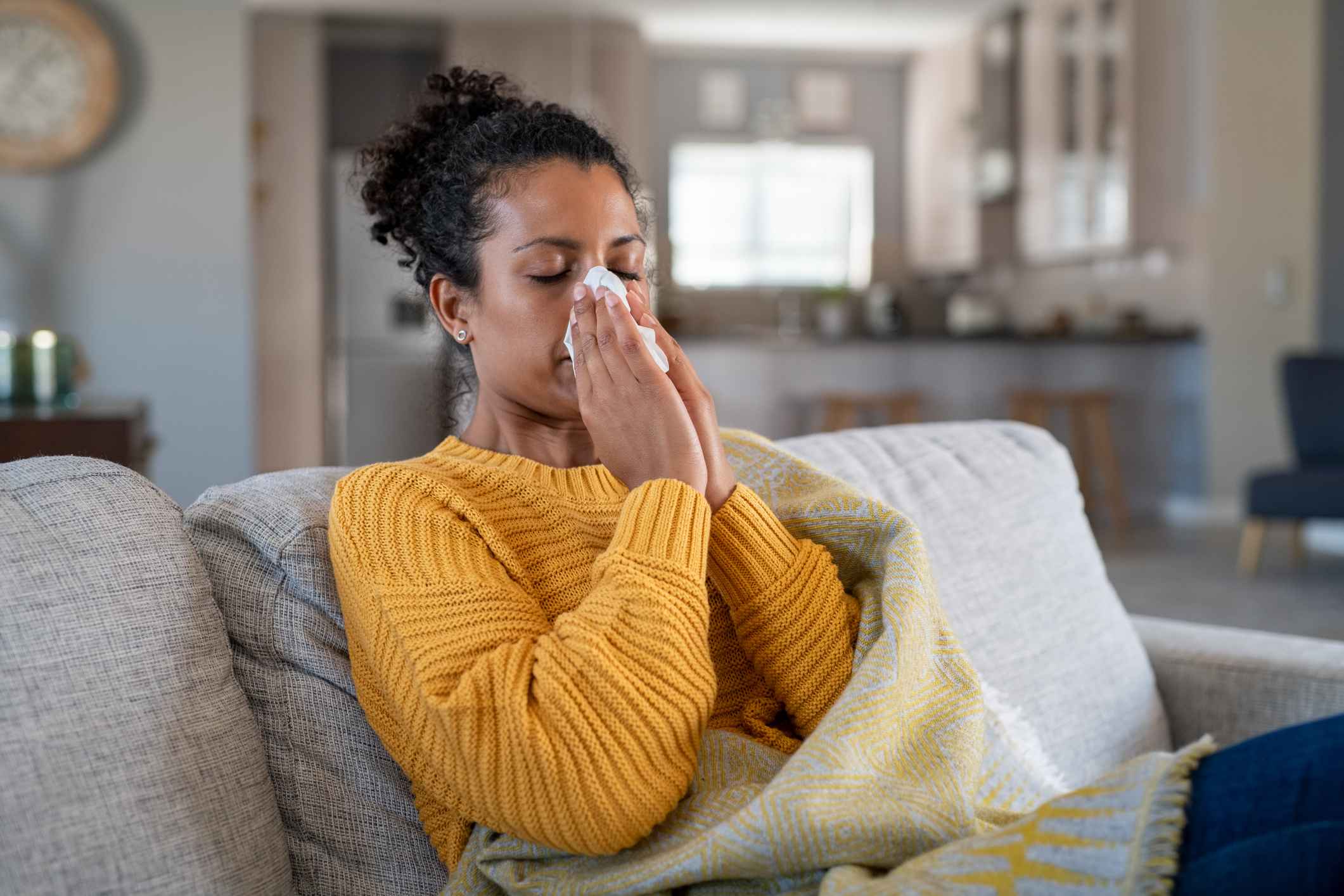
Fall Allergies and Your HVAC: Tips for Round Rock Families
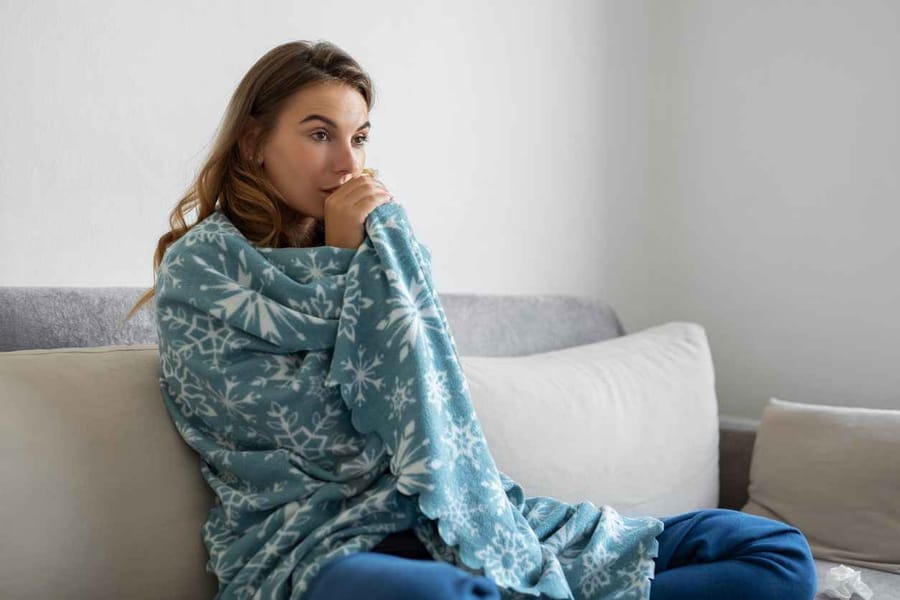
Top 10 Common Texas Heater Problems and How to Solve Them Yourself
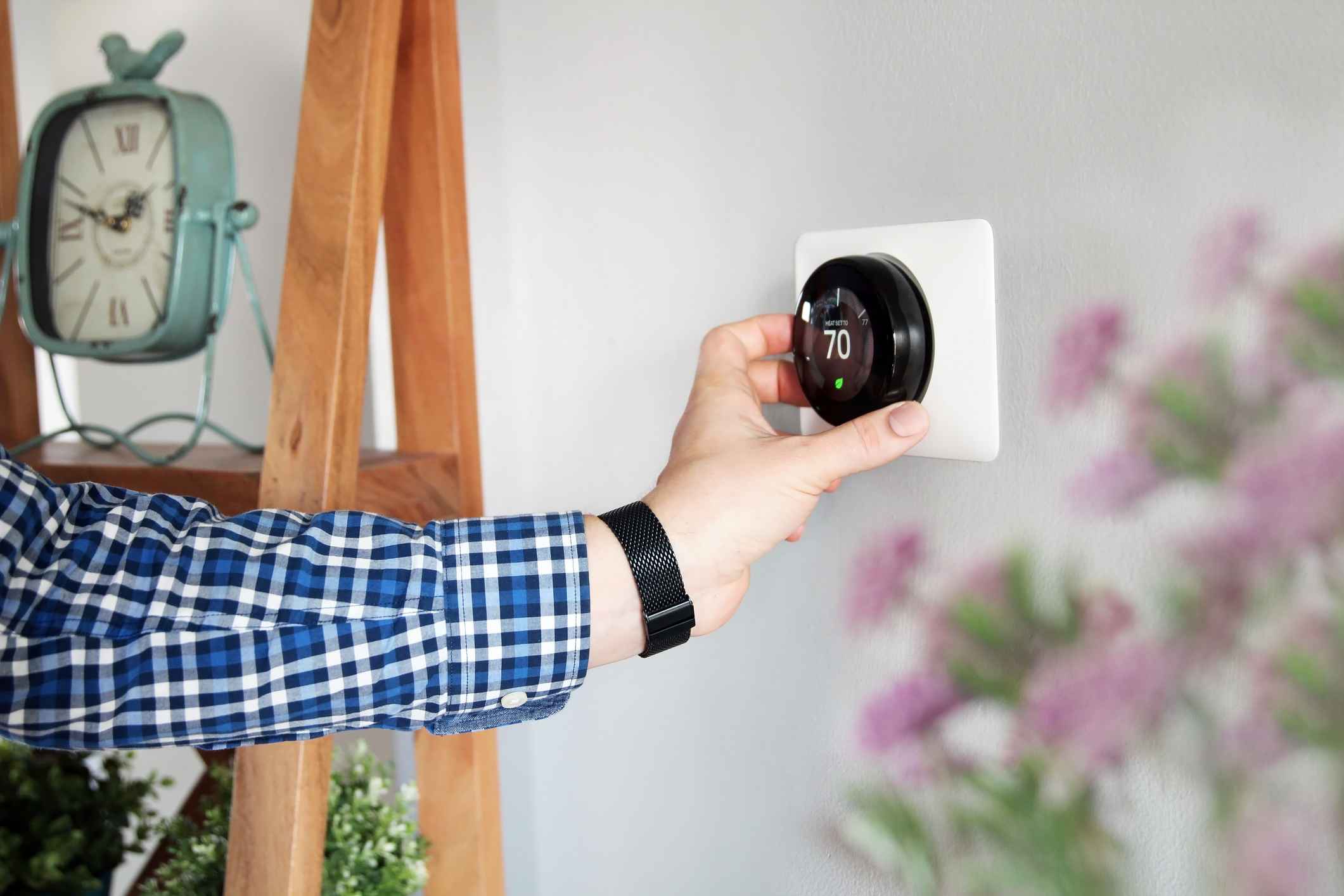
Should You Invest in a Smart Thermostat?

HVAC Mistakes That Could Be Running Up Your Electric Bill in Round Rock & Georgetown, TX

Back-to-School Comfort Tips: HVAC Edition for Georgetown & Round Rock, TX
